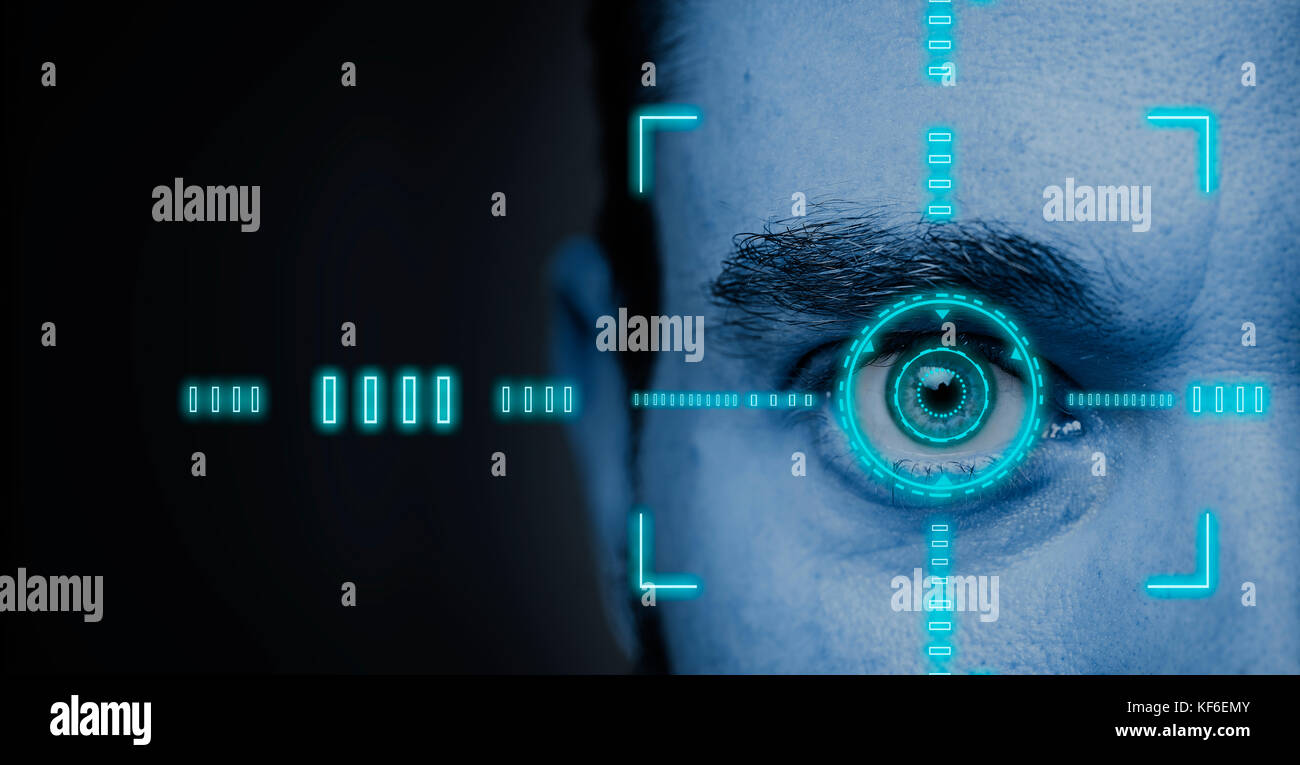

If the premature induction of labour is planned (e.g. This is very important information for the midwife monitoring the pregnancy for the due detection of pre-eclampsia before the aggravation of the child’s welfare condition for planning the induction of the labour. Starting from the 36th pregnancy week it is possible to assess the probability of incurrence of late pre-eclampsia, by considering the values of blood pressure and placenta hormones of the mother with the bloodflow indicators of the uterine arteries received during ultrasound scan. The mothers who do not clearly feel the movements of the fetus and who are worried about the welfare condition of the child also benefit from the fetal doppler scan. To assess the welfare condition of the fetus the ultrasound doppler scan is used in the course of which the bloodflow indices of fetal umbilical cord artery, brain arteries and intra-hepatic blood vessel ductus venosus is assessed. The aim of the given ultrasound scan is to find on time these fetuses who have developed the intrauterine growth retention and whose growth dynamics and welfare condition need to be more often observed. These mothers who have not gained enough weight at this stage of pregnancy and whose gain of stomach does not meet the size of pregnancy benefit from the assessment of fetal growth. The amniotic fluid enables the fetus to move itself and as the fetus breaths and swallows amniotic fluid, the lungs and intestines are also developing.īy measuring the size of the skull, diameter of stomach and volume of thighbone, it is possible to assess the growth of the fetus and estimate the approximate birth weight of the child, knowing that the fetus gains 250-500 g with 2 weeks in this stage of pregnancy, i.e. This is essential information for the gynaecologist monitoring the pregnancy when preparing the birth management plan.ĭuring ultrasound scan the amount of amniotic fluid is assessed, so that there would not be too little or too much of it. In case of previous Caesarean section the wholeness of the scar of the uterus is assessed and it would be observed whether the placenta covering the front wall of the uterus has not grown into the scar. It is essential to specify that the placenta and its blood vessels would not cover the entry of the cervix – this all for letting the child be born. In the course of ultrasound scan the size, maturity and position of placenta as to the cervix are assessed. If the fetus is in breech position, the external turn of the fetus into the position of head down can be offered to the woman in the hospital conditions which considerably increases the possibility for natural physiological labour and avoids the need of the Caesarean section.

In the course of fetal ultrasound scan the position of the fetus is assessed whether the fetus is upside down or in breech position. the total heartbeat of mother and father. The toe and finger ends are covered with nails. Just as the newborn infant the fetus has already eyebrows and eyelashes in this stage of pregnancy.
RETINA SCAN PREGNANCY SKIN


 0 kommentar(er)
0 kommentar(er)
